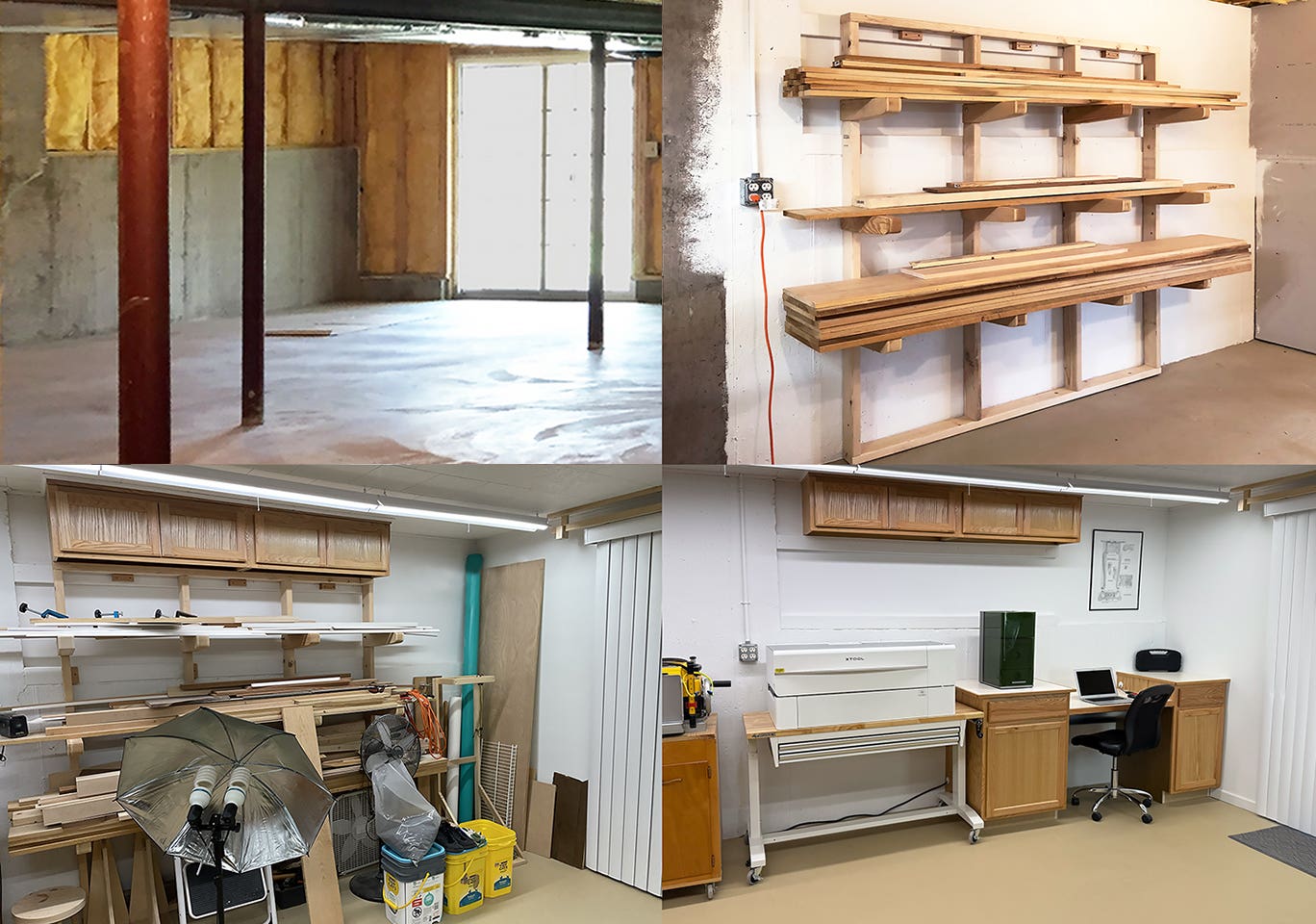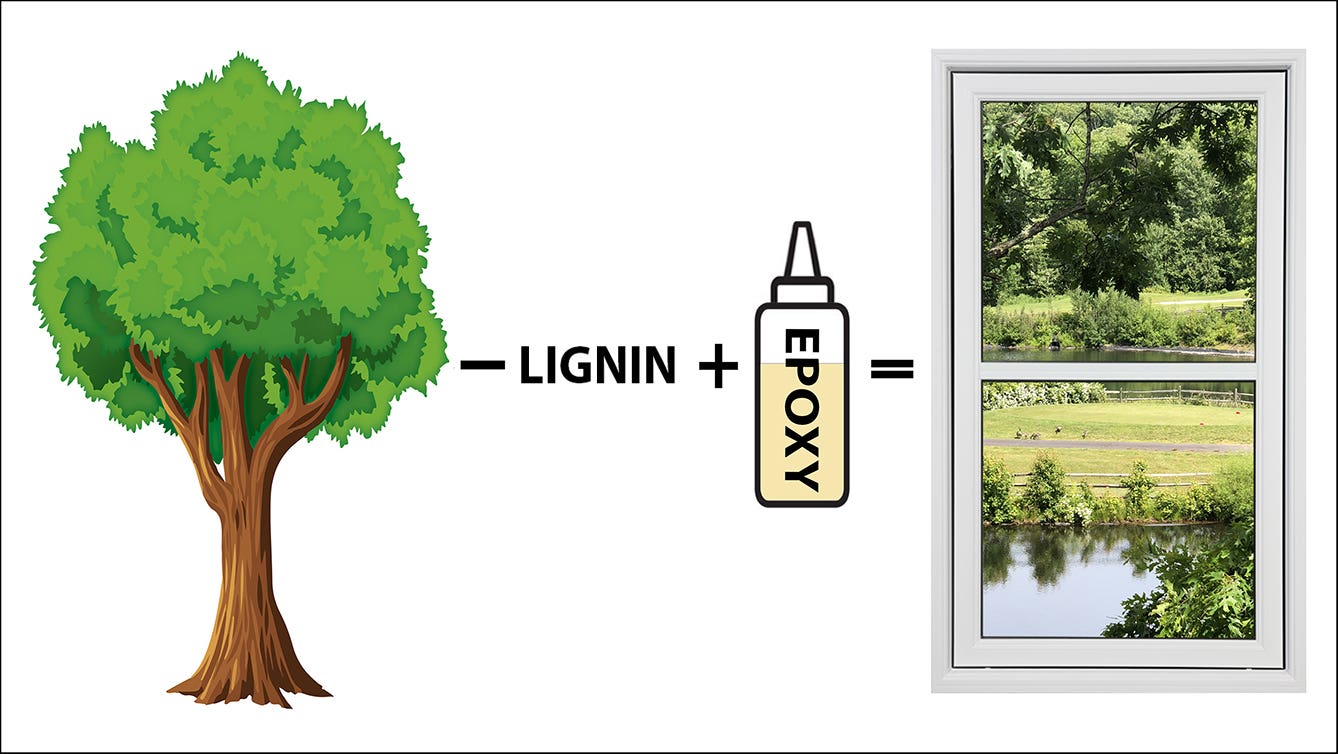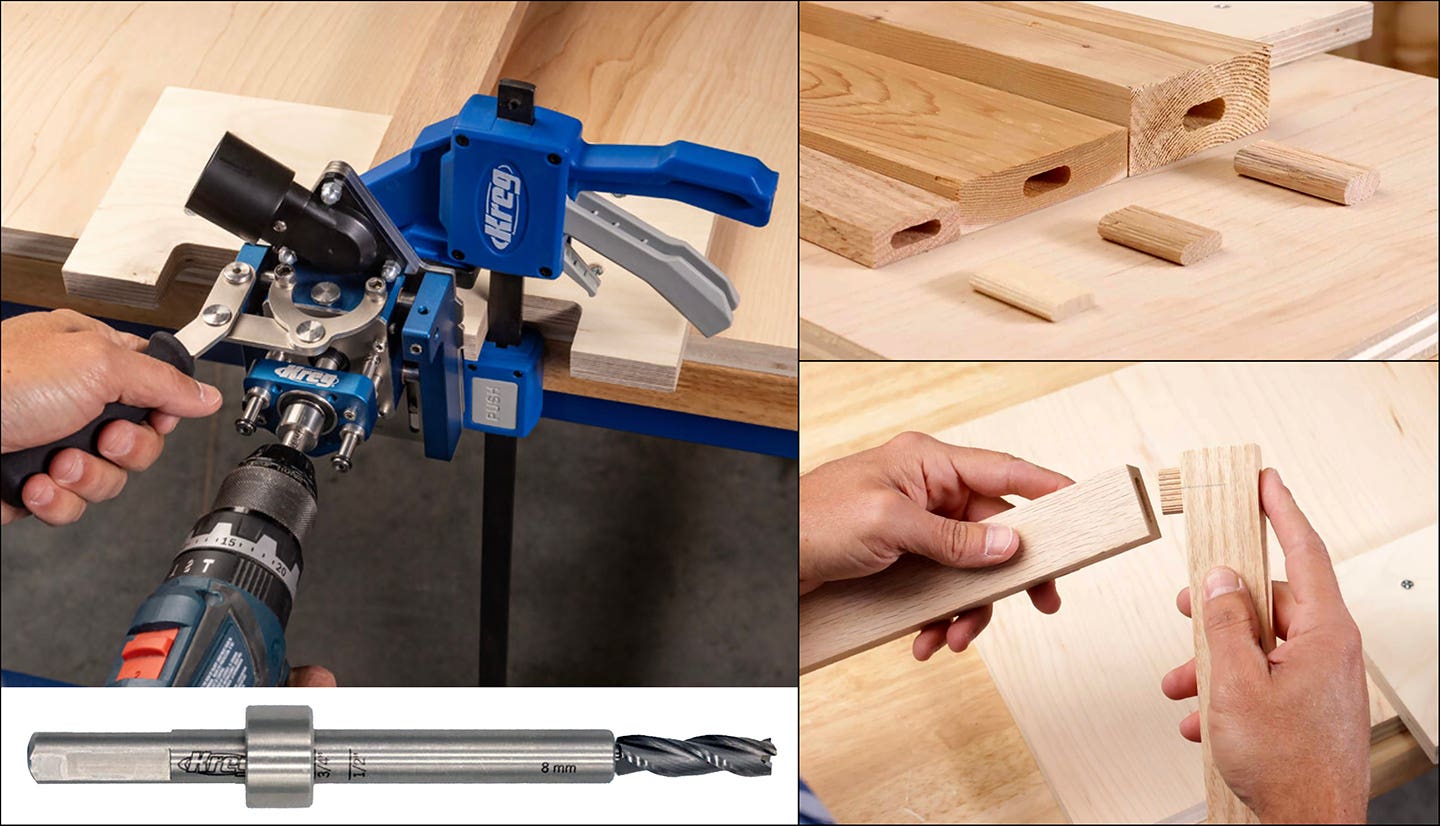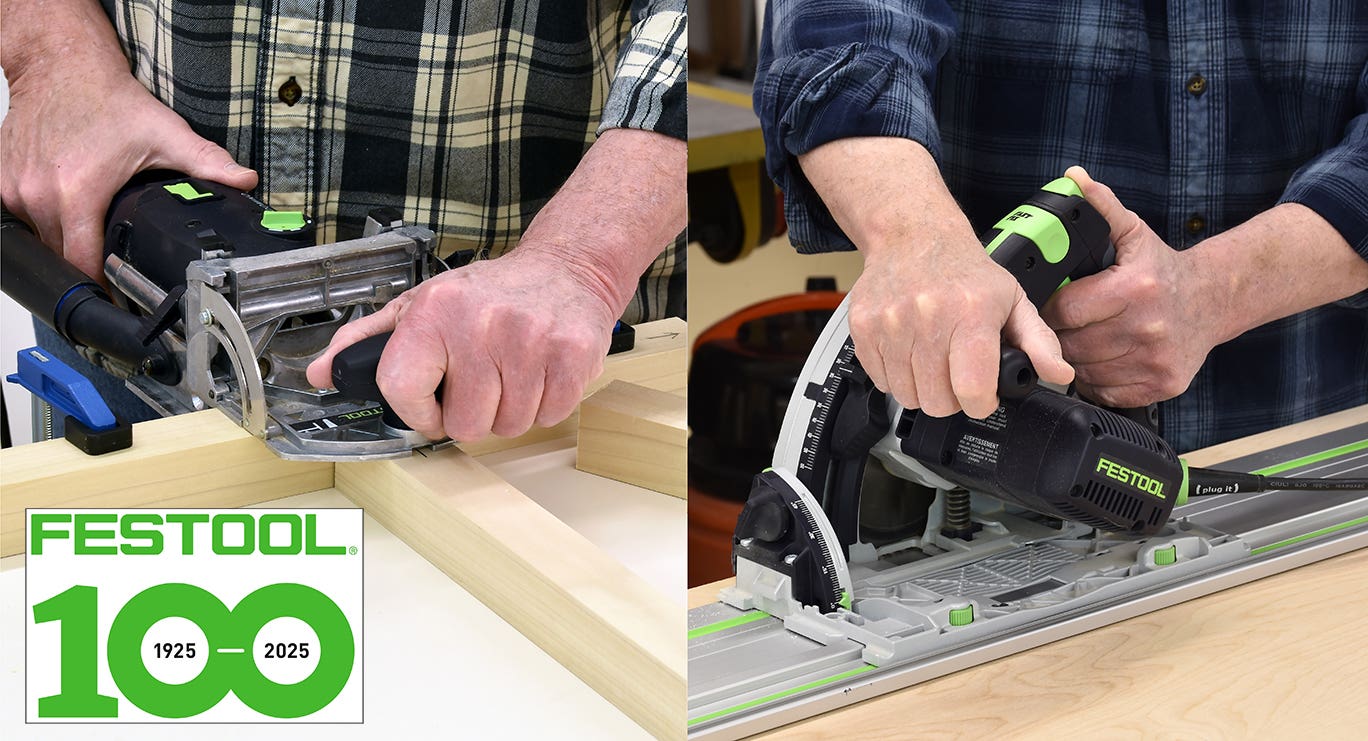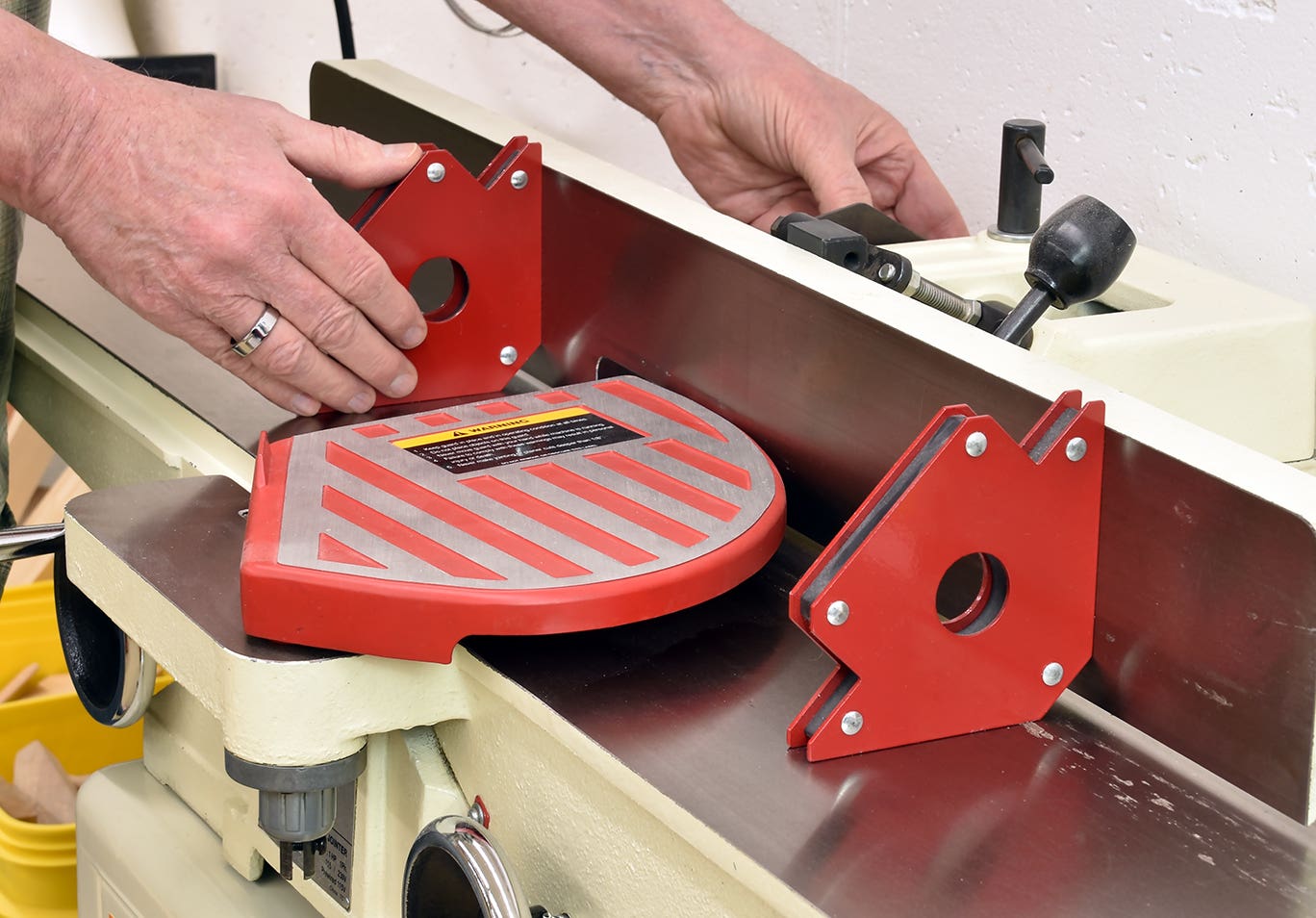Safety pin
Ive written about safety many times, both here and back in my editor days at Woodshop News. I believe that nothing is more important in the shop. But I also…
Ive written about safety many times, both here and back in my editor days at Woodshop News. I believe that nothing is more important in the shop. But I also believe that too much imposed safety isnt always a good thing.
Whats imposed safety? Its safety devices and information that can actually keep you from being safe. Its tool manuals with 15 pages of safety information, but not enough working information to use a tool properly. Its a blade guard you cant see through, causing you to work in an unsafe way. Its safety lockouts that are so cumbersome to use that many woodworkers permanently circumvent them.
Please, do NOT misunderstand what Im saying here I have no desire to return to days of unguarded machinery or an OSHA-less society. But it is nice that every once in a while a tools best safety feature is assuming that the user has enough common sense not to use it stupidly.
Case in point: Almost every nailer has a nosepiece lockout that prevents it from firing unless its fully depressed against a workpiece. These are excellent devices and in my experience they function as intended. But every pin nailer Ive used, including the one I own, doesnt have one. Pin nailers are very small and used most frequently for delicate work, meaning that the typical nosepiece safety lockout would either damage the workpiece or, because it would be so large in comparison to the tool, would negate the whole purpose of a pin nailer. Instead, most pin nailers have a double trigger. In a two-step firing procedure, you move the safety lockout away from the trigger with your middle finger, then pull the trigger with your index finger.
This safety method works fine and is quite effective, but it also allows a pin nailer to do something no nailer outside of a Bruce Willis movie can do: You can fire a nail across the room if youd like to.
I cant think of much that would be more dangerous in a shop, but you know what? Nobody ever does that. Nor do manufacturers, OSHA, or any other safety organization think that a pin-nailer shootout is a likely shop scenario. Instead, they put a logical safety device on the tool, and give us the benefit of the doubt that well use it in a correct manner. That puts the burden of safety on me, the user. And frankly, thats where the real burden of safety belongs.
Because when its the user whos the primary controller of correct and proper use of a tool, thats when the tool is a safer tool.
Till next time,
A.J.
A.J. Hamler is the former editor of Woodshop News and Woodcraft Magazine. He's currently a freelance woodworking writer/editor, which is another way of stating self-employed. When he's not writing or in the shop, he enjoys science fiction, gourmet cooking and Civil War reenacting, but not at the same time.


